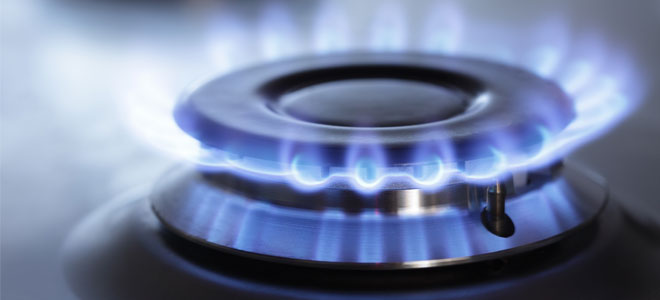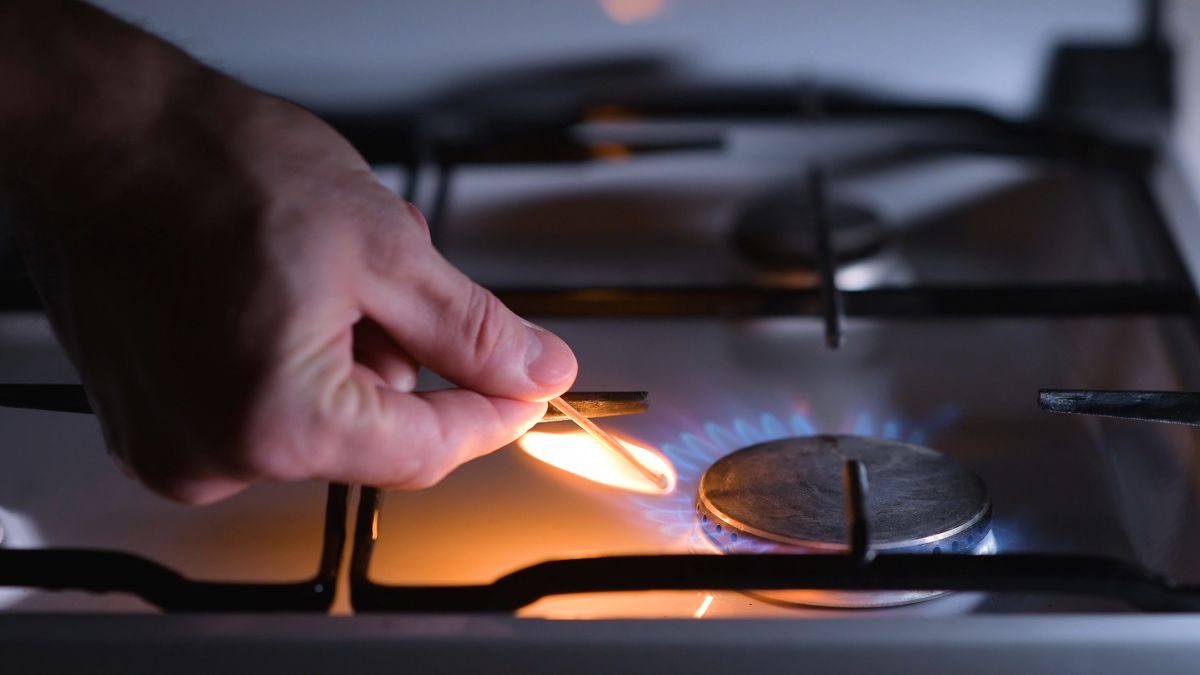Of gas range testing. A gas oven can produce anywhere from 100 to 800ppm CO when it operates.
 4 Ways To Prevent Carbon Monoxide Poisoning Remi Network
4 Ways To Prevent Carbon Monoxide Poisoning Remi Network
Never use a portable gas camp stove indoors.

Gas range carbon monoxide. Experts say that the typical levels of CO around well maintained gas ranges average around 5 - 15 ppm. CO is actually the result of incomplete oxidation which occurs during the heating process. Continued operation of a kitchen range producing 800 ppm in a tight house without extra ventilation will cause carbon monoxide levels to rise quickly to unacceptable levels.
A gas oven can produce anywhere from 100 to 800ppm CO when it operates. Never burn charcoal indoors. However this does not mean that they are an automatically dangerous presence to have in your home.
Also to know how much carbon monoxide does a gas range produce. Considering this how much carbon monoxide does a gas range produce. It doesnt even tell you that it is 2 it could be something else.
The danger of carbon monoxide extends to appliances installed in the garage or outdoors as carbon monoxide can enter the home through cracks in the walls especially in poorly insulated homes. The Occupational Safety and Health Association OSHA sets standards for working conditions in the US including safe carbon monoxide levels. Poisoning is measured in a range called parts per million and when levels of carbon monoxide reach 150 ppm people can become disoriented and collapse.
Do I need a carbon monoxide detector if I have a gas cooker. Kitchen ranges are required to produce no more than 800 parts per million ppm carbon monoxide in an air-free sample of the flue gases. With proper use caution and proper installation they can be safe and quite an effective kitchen tool.
All homes that have a fuel burning appliance such as gas powered boilers heaters ovens stoves and open fire places should have at least one carbon monoxide CO alarm. Burning charcoal red gray black or white gives off CO. Using a gas range or oven for heating can cause a build up of CO inside your home cabin or camper.
And so the maximum amount of carbon monoxide would be 2. This range has declined significantly since 1970s when above 9ppm as use of catalytic converters in vehicle exhaust became more common. 0-3 range of max 8-hour avg.
In the manufacture of a variety of chemicals such as acids esters and alcohols. Ambient CO in most US cities. The maximum amount is 2.
Packaged carbon monoxide is used in a variety of industries for a wide range of applications including. Used in fuel gas mixtures with hydrogen and other gases for industrial and domestic heating. Known as the Silent Killer carbon monoxide is created from the inefficient burning of gas.
Carbon monoxide build-up is not necessarily a result of a malfunctioning appliance. When any gas fuel is burned carbon monoxide is produced so all gas-utilizing appliances are potential troublemakers. Carbon monoxide is also flammable with an LEL of 4 but its toxic properties are usually more of a concern within a working environment.
The burner limits for this protocol for carbon monoxide emissions are 35 ppm CO as-measured1 for range top burners2 and 800 ppm CO air. As you can see from the above yes gas ranges do produce carbon monoxide. Safety Measures for Gas Ranges.
Do I need a carbon monoxide detector if I have a gas cooker. Specifically Tobin said Floyds hemoglobin was saturated at 98 meaning the level of carbon monoxide could have only been a maximum of 2. The OSHA personal exposure limit PEL for CO is 50 parts per million ppm.
But 2 of Carboxyhemoglobin is within the normal range. It tells you the maximum amount of Carboxyhemoglobin. However studies show that about half of all stoves raise concentrations of carbon monoxide in the kitchen beyond the 9 parts per million the EPA has established as the top safe level.
That was what was mentioned yesterday. This protocol is intended to determine whether a gas range burners is emitting unacceptable levels of carbon monoxide. Gas stoves and ranges produce carbon monoxide during combustion similar to any other heating appliances in your home.
This range has declined significantly since 1970s when above 9ppm as use of catalytic converters in vehicle exhaust became more common. Continued operation of a kitchen range producing 800 ppm in a tight house without extra ventilation will cause carbon monoxide levels to rise quickly to unacceptable levels. Known as the Silent Killer carbon monoxide is created from the inefficient burning of gas.
This gas shouldnt be confused with carbon dioxide which is produced from complete combustion of carbon-based fuels and is. Kitchen ranges are required to produce no more than 800 parts per million ppm carbon monoxide in an air-free sample of the flue gases. All homes that have a fuel burning appliance such as gas powered boilers heaters ovens stoves and open fire places should have at least one carbon monoxide CO alarm.
Tobin said carbon monoxide levels of 2 are within a normal range.
